Spaghetti Pile
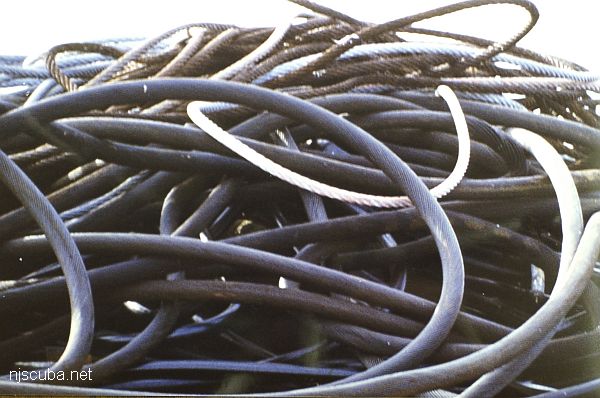
- Type:
- artificial reef, steel communications cable
- Sunk:
- 2000 - 2005 - Atlantic City Artificial Reef
- GPS:
- 39°14.150' -74°13.100'
- GPS:
- 39°14.038' -74°13.150'
Most of the material is heavy 3" diameter armored trans-Atlantic telephone cable; some is lighter 3/4 " cable. Each site contains over 100 miles. The heavy cable eventually sinks into the bottom but makes excellent fish habitat until it does. Such cable has also been used with great success in Maryland but has been effectively outlawed in New Jersey by Clean Ocean Action.
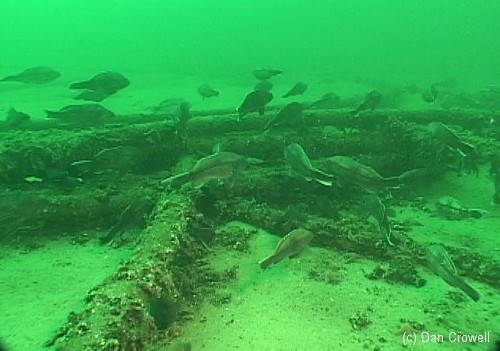
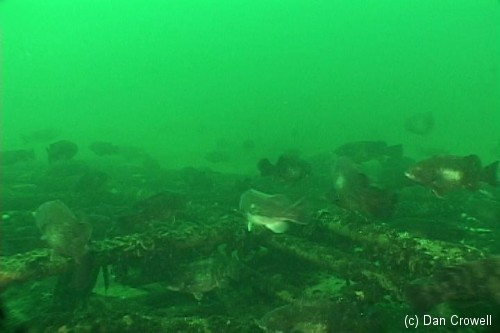
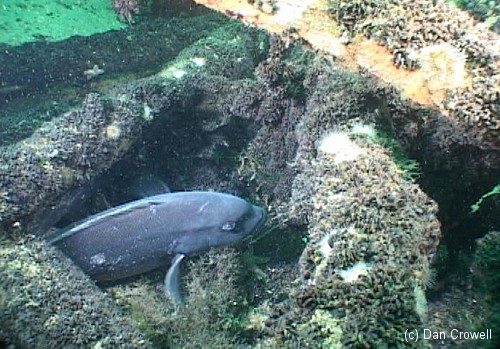
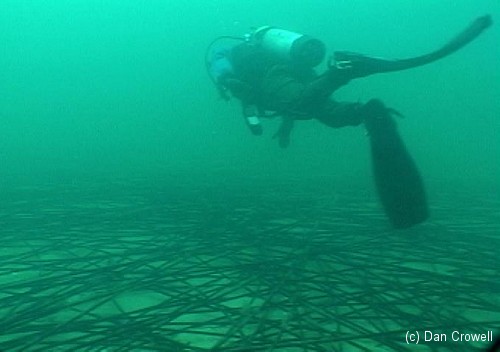

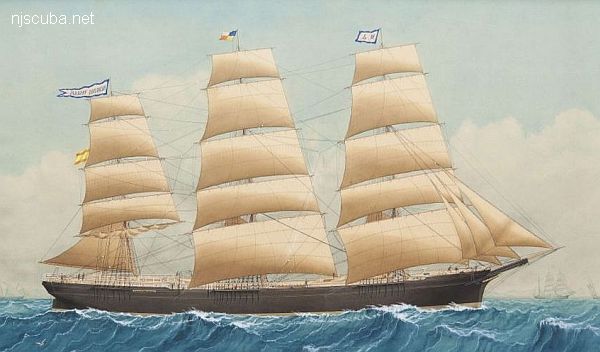
Questions or Inquiries?
Just want to say Hello? Sign the .